Supportive Regulatory Environment
The Point of Care Molecular Diagnostics Market is benefiting from a supportive regulatory environment that encourages innovation and adoption of new technologies. Regulatory bodies are increasingly recognizing the importance of rapid diagnostics in improving patient care and are streamlining approval processes for point of care devices. This trend is likely to facilitate the entry of novel diagnostic solutions into the market, thereby expanding the range of available options for healthcare providers. The favorable regulatory landscape is expected to contribute to a projected market growth of approximately 15% annually over the next five years. As regulations evolve to support the integration of advanced molecular diagnostics into routine practice, the industry is poised for substantial expansion.
Rising Demand for Rapid Diagnostics
The Point of Care Molecular Diagnostics Market is experiencing a notable surge in demand for rapid diagnostic solutions. This trend is largely driven by the need for timely and accurate results in various healthcare settings. As healthcare providers increasingly prioritize quick decision-making, the market for point of care diagnostics is projected to grow significantly. According to recent estimates, the market is expected to reach a valuation of approximately USD 10 billion by 2026. This growth is indicative of a broader shift towards immediate patient care, where molecular diagnostics play a crucial role in enhancing treatment outcomes. The ability to deliver results within minutes rather than days is transforming patient management, thereby solidifying the importance of point of care molecular diagnostics.
Growing Focus on Preventive Healthcare
The Point of Care Molecular Diagnostics Market is benefiting from a growing emphasis on preventive healthcare measures. As healthcare systems worldwide shift towards proactive management of health, the demand for early detection and diagnosis is increasing. Molecular diagnostics offer the potential to identify diseases at their nascent stages, allowing for timely interventions that can significantly improve patient outcomes. This trend is reflected in the increasing investments in point of care technologies, which are projected to reach USD 5 billion by 2025. The ability to conduct tests in various settings, including homes and community clinics, aligns with the broader goals of preventive healthcare, thereby driving the adoption of molecular diagnostics in diverse populations.
Increased Prevalence of Infectious Diseases
The Point of Care Molecular Diagnostics Market is significantly influenced by the rising prevalence of infectious diseases. As the global burden of diseases such as tuberculosis, HIV, and hepatitis continues to escalate, there is an urgent need for effective diagnostic tools that can be deployed at the point of care. The World Health Organization has reported that infectious diseases account for a substantial percentage of global mortality, underscoring the necessity for rapid and accurate diagnostics. This scenario is likely to propel the market forward, as healthcare systems seek to implement molecular diagnostics that can provide immediate results, thus facilitating timely treatment interventions. The integration of these technologies into routine healthcare practices is expected to enhance disease management and control efforts.
Technological Innovations in Diagnostic Tools
The Point of Care Molecular Diagnostics Market is witnessing a wave of technological innovations that are enhancing the capabilities of diagnostic tools. Advances in microfluidics, nanotechnology, and biosensors are enabling the development of more sensitive and specific tests that can be performed at the point of care. These innovations are not only improving the accuracy of results but also expanding the range of detectable conditions. As a result, the market is projected to grow at a compound annual growth rate of over 10% in the coming years. The integration of artificial intelligence and machine learning into diagnostic processes is further streamlining workflows and enhancing decision-making, making point of care molecular diagnostics an increasingly attractive option for healthcare providers.



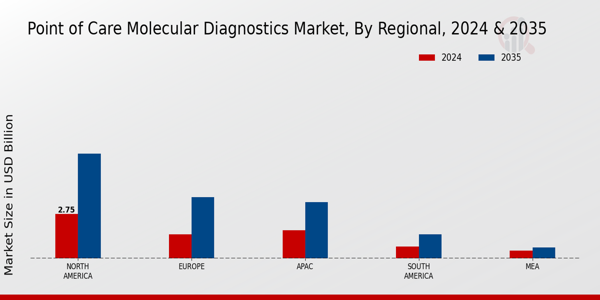
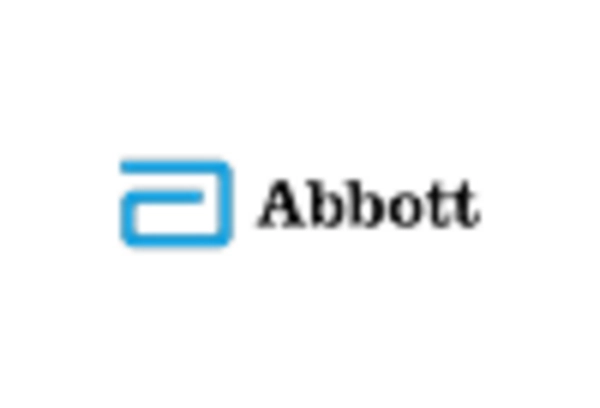

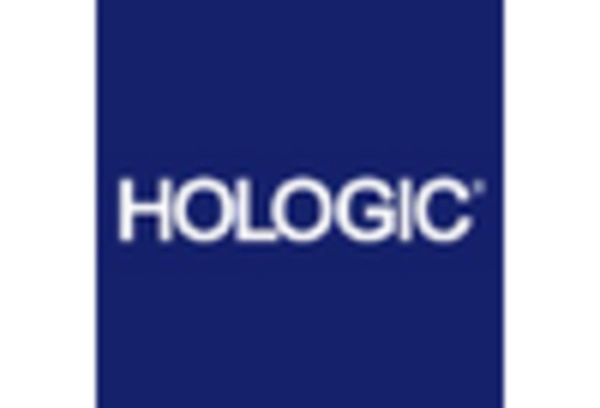
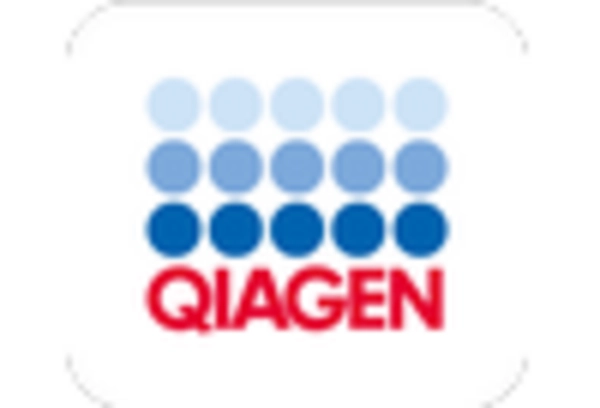
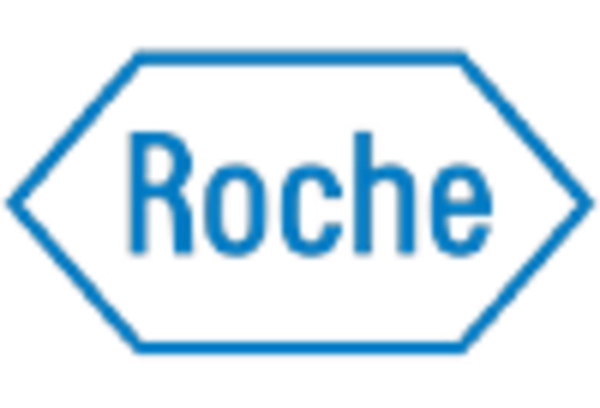
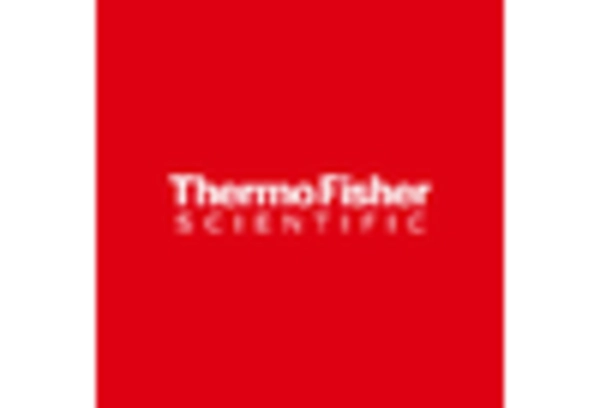








Leave a Comment